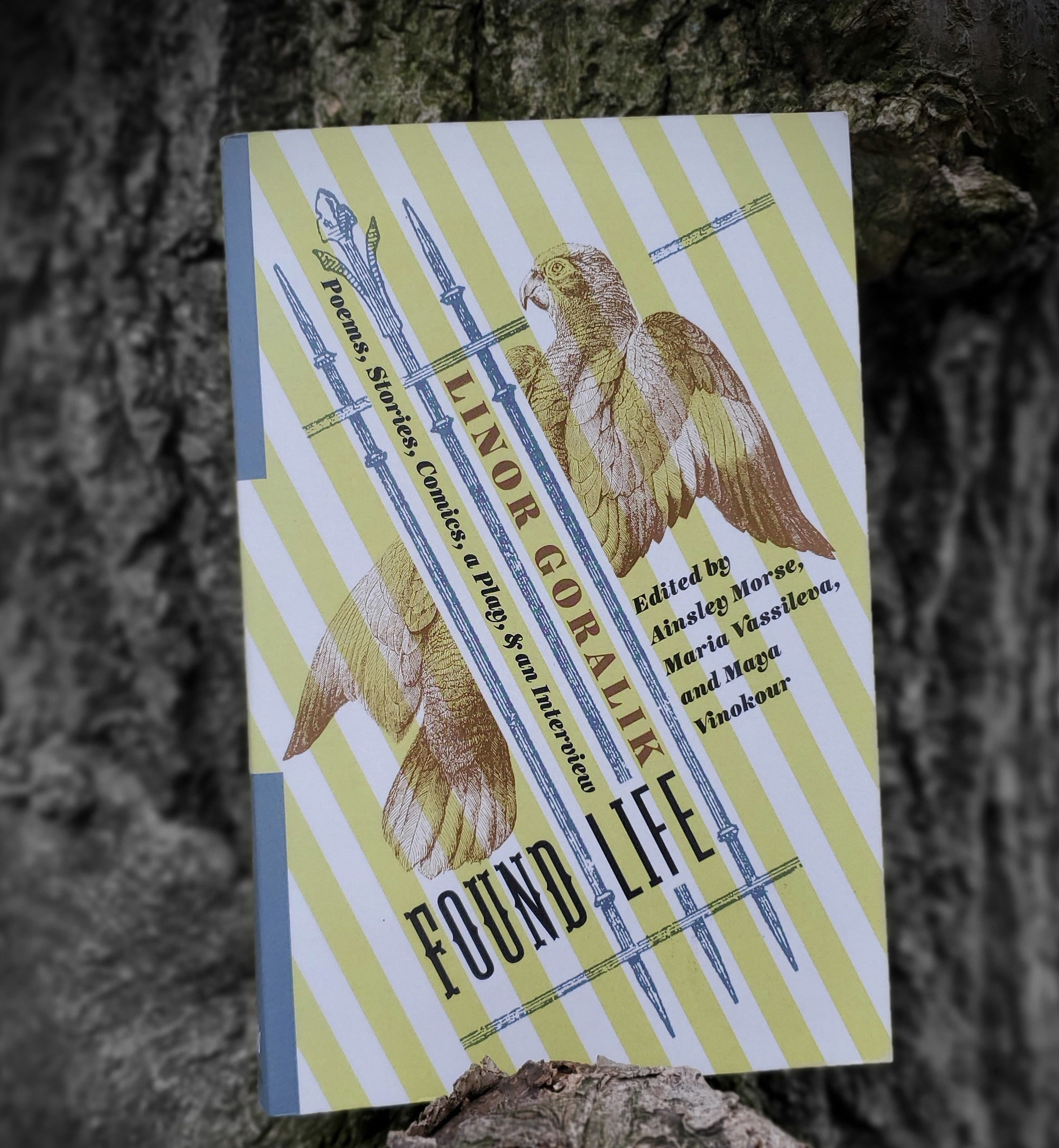The Truth About Chicago’s Crime Rates — Best American Magazine Writing 2015
“If a number makes people feel safe, then why not give it to them?”—A Chicago police officer
Recent events have shone a light on the Chicago police department and the ways in which they fail to share information with the public. However, as David Bernstein and Noah Isackson powerfully demonstrate in their article “The Truth About Chicago’s Crime Rates,” included in The Best American Magazine Writing 2015, the Chicago Police Department has been underreporting murders and crimes in an effort to mislead the public. The following is an excerpt from that article:
I. Dead Wrong
It was a balmy afternoon last July when the call came in: Dead body found inside empty warehouse on the West Side.
Chicago police officers drove through an industrial stretch of the hardscrabble Austin neighborhood and pulled up to the 4600 block of West Arthington Street. The warehouse in question was an unremarkable-looking red-brick single-story building with a tall barbed-wire fence. Vacant for six years, it had been visited that day by its owner and a real-estate agent—the person who had called 911.
The place lacked electricity, so crime scene technicians set up generators and portable lights. The power flickered on to reveal a grisly sight. In a small office, on soggy carpeting covered in broken ceiling tiles, lay a naked, lifeless woman. She had long red-streaked black hair and purple glitter nail polish on her left toenails (her right ones were gone), but beyond that it was hard to discern much. Her face and body were bloated and badly decomposed, her hands ash colored. Maggots feasted on her flesh.
At the woman’s feet, detectives found a curled strand of telephone wire. Draped over her right hand was a different kind of wire: thin and brown. The same brown wire was wrapped around each armrest of a wooden chair next to her.
The following day, July 24, a pathologist in the Cook County medical examiner’s offi ce noticed something else that had been obscured by rotting skin: a thin gag tied around the corpse’s mouth.
Thanks to some still-visible tattoos, detectives soon identified this unfortunate woman: Tiara Groves, a twenty-year-old from Austin. She was last seen walking alone in the wee hours of Sunday, July 14, near a liquor store two miles from the warehouse. At least eight witnesses who saw her that night told police a similar story: She appeared drunk and was upset—one man said that she was crying so hard she couldn’t catch her breath—but refused offers of help. A man who talked to her outside the liquor store said that Groves warned him, excitedly and incoherently, that he should stay away from her or else somebody (she didn’t say who) would kill him too.
Toxicology tests showed she had heroin and alcohol in her system, but not enough to kill her. All signs pointed to foul play. According to the young woman’s mother, who had filed a missing-person report, the police had no doubt. “When this detective came to my house, he said, ‘We found your daughter. . . . Your daughter has been murdered,’ ” Alice Groves recalls. “He told me they’re going to get the one that did it.”
On October 28, a pathologist ruled the death of Tiara Groves a homicide by “unspecified means.” This rare ruling means yes, somebody had killed Groves, but the pathologist couldn’t pinpoint the exact cause of death.
Given the finding of homicide—and the corroborating evidence at the crime scene—the Chicago Police Department should have counted Groves’s death as a murder. And it did. Until December 18. On that day, the police report indicates, a lieutenant overseeing the Groves case reclassified the homicide investigation as a noncriminal death investigation. In his write-up, he cited the medical examiner’s “inability to determine a cause of death.”
That lieutenant was Denis Walsh—the same cop who had played a crucial role in the alleged cover-up in the 2004 killing of David Koschman, the twenty-one-year-old who died after being punched by a nephew of former mayor Richard M. Daley. Walsh allegedly took the Koschman file home. For years, police officials said that it was lost. After the Sun-Times reported it missing, the file mysteriously reappeared.
But back to Tiara Groves. With the stroke of a computer key, she was airbrushed out of Chicago’s homicide statistics.
The change stunned officers. Current and former veteran detectives who reviewed the Groves case at Chicago’s request were just as incredulous. Says a retired high-level detective, “How can you be tied to a chair and gagged, with no clothes on, and that’s a [noncriminal] death investigation?” (He, like most of the nearly forty police sources interviewed for this story, declined to be identified by name, citing fears of disciplinary action or other retribution.)
Was it just a coincidence, some wondered, that the reclassification occurred less than two weeks before the end of the year, when the city of Chicago’s final homicide numbers for 2013 would be tallied? “They essentially wiped away one of the murders in the city, which is crazy,” says a police insider. “But that’s the kind of shit that’s going on.”
For the case of Tiara Groves is not an isolated one. Chicago conducted a twelve-month examination of the Chicago Police Department’s crime statistics going back several years, poring through public and internal police records and interviewing crime victims, criminologists, and police sources of various ranks. We identified ten people, including Groves, who were beaten, burned, suffocated, or shot to death in 2013 and whose cases were reclassified as death investigations, downgraded to more minor crimes, or even closed as noncriminal incidents—all for illogical or, at best, unclear reasons.
This troubling practice goes far beyond murders, documents and interviews reveal. Chicago found dozens of other crimes, including serious felonies such as robberies, burglaries, and assaults, that were misclassified, downgraded to wrist-slap off enses, or made to vanish altogether. (We’ll examine those next month in part 2 of this special report.)
Many officers of different ranks and from different parts of the city recounted instances in which they were asked or pressured by their superiors to reclassify their incident reports or in which their reports were changed by some invisible hand. One detective refers to the “magic ink”: the power to make a case disappear. Says another: “The rank and file don’t agree with what’s going on. The powers that be are making the changes.”
Granted, a few dozen crimes constitute a tiny percentage of the more than 300,000 reported in Chicago last year. But sources describe a practice that has become widespread at the same time that top police brass have become fixated on demonstrating improvement in Chicago’s woeful crime statistics.
And has there ever been improvement. Aside from homicides, which soared in 2012, the drop in crime since Police Superintendent Garry McCarthy arrived in May 2011 is unprecedented— and, some of his detractors say, unbelievable. Crime hasn’t just fallen, it has free-fallen: across the city and across all major categories.
Take “index crimes”: the eight violent and property crimes that virtually all U.S. cities supply to the Federal Bureau of Investigation for its Uniform Crime Report. According to police fi gures, the number of these crimes plunged by 56 percent citywide from 2010 to 2013—an average of nearly 19 percent per year—a reduction that borders on the miraculous. To put these numbers in perspective: From 1993, when index crimes peaked, to 2010, the last full year under McCarthy’s predecessor, Jody Weis, the average annual decline was less than 4 percent.
This dramatic crime reduction has been happening even as the department has been bleeding officers. (A recent Tribune analysis listed 7,078 beat cops on the streets, 10 percent fewer than in 2011.) Given these facts, the crime reduction “makes no sense,” says one veteran sergeant. “And it makes absolutely no sense that people believe it. Yet people believe it.”
The city’s inspector general, Joseph Ferguson, may not. Chicago has learned that his office has questioned the accuracy of the police department’s crime statistics. A spokeswoman confirmed that the office recently finalized an audit of the police department’s 2012 crime data—though only for assault-related crimes so far—“to determine if CPD accurately classified [these categories of ] crimes under its written guidelines and if it reported related crime statistics correctly.” (The audit found, among other things, that the department undercounted aggravated assaults and batteries by more than 24 percent, based on the sample cases reviewed.)
Meanwhile, the see-no-evil, hear-no-evil pols on Chicago’s City Council have mostly accepted the police department’s crime numbers at face value. So have most in the media. You can hardly turn on the news without hearing McCarthy or Mayor Rahm Emanuel proclaiming unquestioned: Murders down 18 percent in 2013! Overall crime down 23 percent! Twelve thousand fewer crime victims! “These days, everything is about media and public opinion,” says one longtime officer. “If a number makes people feel safe, then why not give it to them?”





